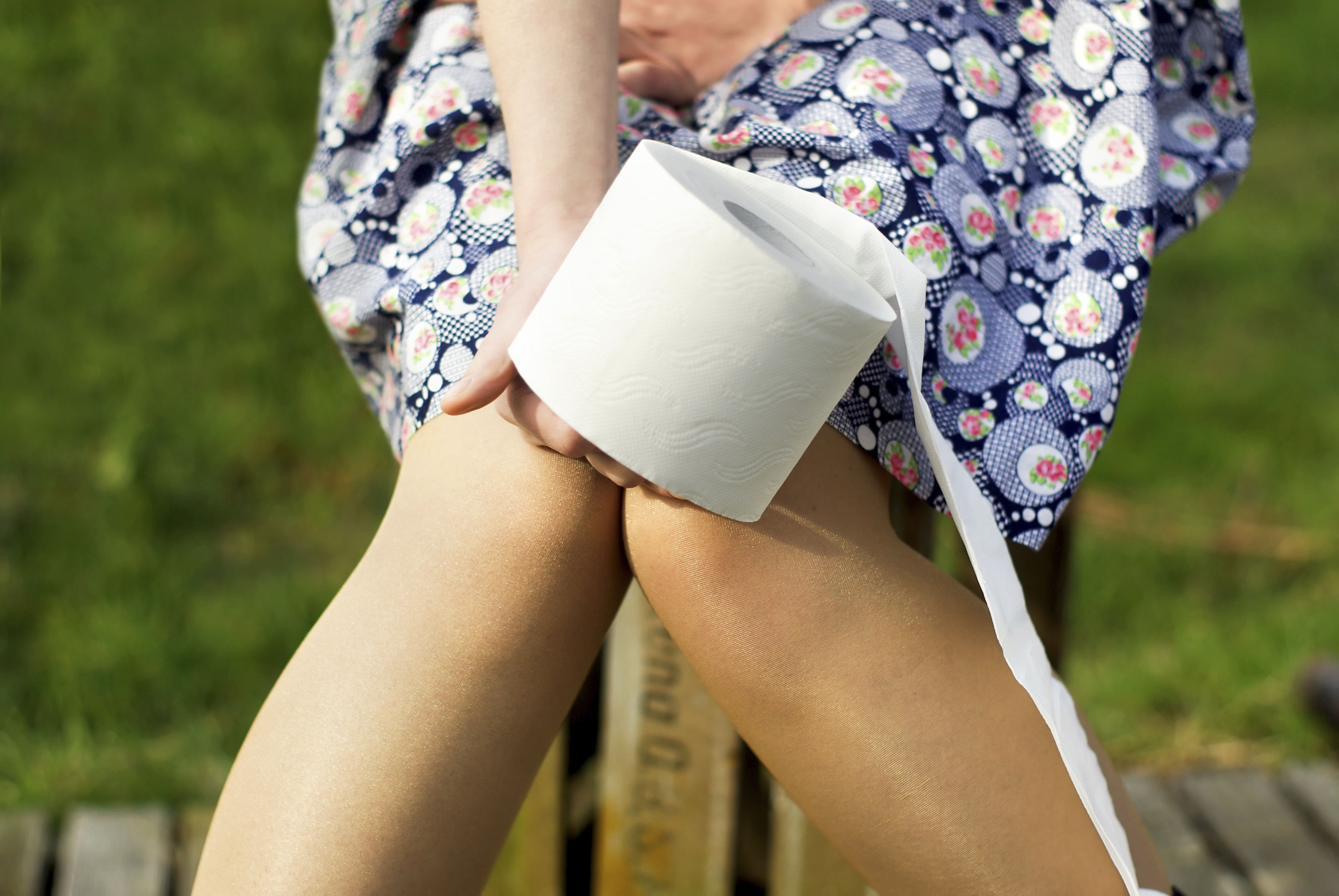Urinary incontinence is not a topic that turns up in most social conversations. In fact, it is an embarrassing affliction that affects nearly 30% of American women, and most oftentimes tends to go untreated for this very reason. Understanding incontinence is the first step in getting help and treating the problem.
There are different types of incontinence, each with easy-to-recognize symptoms:
- Stress Incontinence – Urine leakage, either in drips or spurts, which occurs from stress on the bladder, usually from sneezing, coughing, laughing, late-term pregnancy, exercising or lifting heavy objects.
- Urge Incontinence (also known as Overactive Bladder) – The inability to hold urine long enough to reach a toilet.
- Overflow – The bladder often feels full, creating almost constant urgency, yet with very little output.
- Combination – Several people suffer combinations of urinary incontinence.
The causes of urinary incontinence are many. It was once believed that age was a factor, however, according to the National Institute on Aging, this is not the case. Studies have shown that urinary incontinence can arise in anyone at any age from one or more of the afflictions listed below:
- Damaged nerves that control the bladder
- Urinary tract infections
- Medications
- Constipation
- Tumors in or near the bladder, spinal cord or brain
- Weak or inactive bladder muscles
- Pregnancy (can resolve after childbirth)
Some of the problems that can be associated with a loss of bladder control are lack of sleep, social anxiety, decrease in sexual activity, urinary tract infections, rashes or sores, and depression, to name a few.
Before seeking a doctor, take this Self-Help Test to determine if there is a need for treatment. If it has been determined that there is an incontinence problem, there are medical tests that can determine the cause(s). Some are quite simple, such as urine tests, and others are more invasive, such as blood tests or tests that measure how well the bladder empties. A doctor will determine which tests are needed, based on the answers provided upon a medical history and examination of the patient.
Treatments are varied, depending on the type of incontinence that is diagnosed. Below are some of the treatments prescribed for incontinence:
- Kegel Exercises – Used for strengthening the pelvic floor.
- Bladder Control Training – Retraining the bladder by scheduling several visits to the bathroom each day. This type of treatment works well with the use of a Void Diary and taking careful notes of the times, urgency and amount of urine voided.
- Medication – Doctors may prescribe medications to block the nerve receptors that receive or send signals to the bladder.
- Surgery – When all else fails, surgery may be necessary. A surgeon may use a sling to suspend the bladder in place. The surgeon will discuss all options available to help the patient make an informed decision.
Preventing urinary incontinence is simple:
- Fluids – Less is not more. Be sure to drink at least 8-10 glasses of water a day. This helps helps the kidneys to function properly and keeps the bladder trained to recognize the need to void. Avoid caffeine and alcohol, which promote extra urine production. Other drinks, such as acidic juices (tomato and grapefruit) can irritate the bladder. Avoid these drinks.
- Maintain a healthy weight. Even a few extra pounds can put pressure on the bladder and create incontinence. Exercise and diet are key components to a healthy bladder.
If any of the above symptoms applies to you or someone you know, the best course of action is to contact a doctor for diagnosis and treatment. Incontinence doesn’t have to be a barrier to living a normal life.
